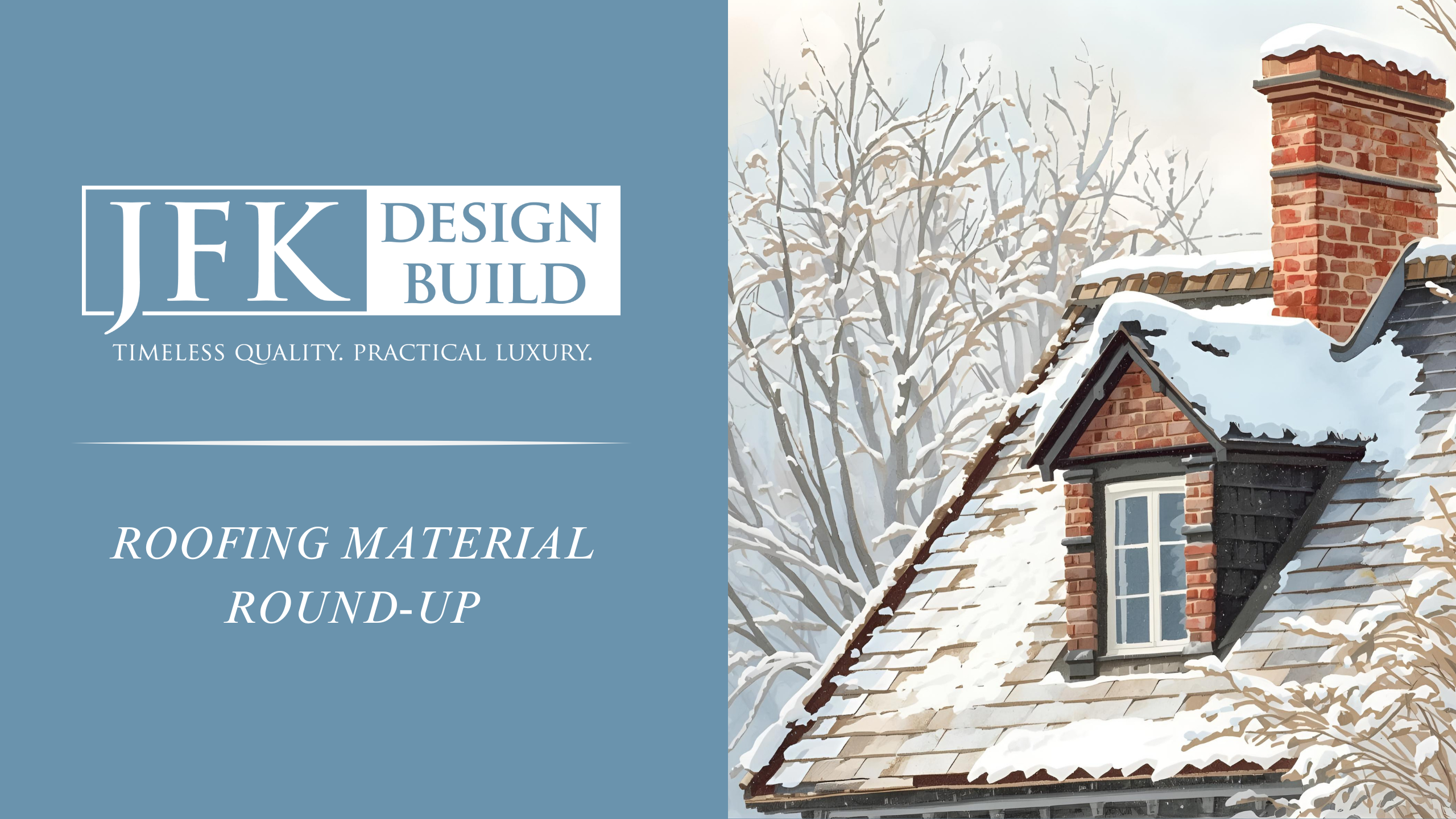Things to Look at When Inspecting Your Home

Spring is an ideal time of year to give our homes a once-over and assess any damage that might have occurred through the harsh winter months. If you find any damage, it’s important to figure out what needs to be done, and by whom. If it’s something you can’t handle fixing yourself, you’ll need to schedule the work with a qualified contractor so that your home will be in tip-top shape for the upcoming seasons.
A lot of people set aside a whole weekend for spring cleaning. Take advantage of the moderate temperatures to get a head start on what should be an annual spring home maintenance routine-assessing Winter damage.
But where do you start? Use this spring home assessment list!
ROOFS
Your roof is the defense system for your home…so it is crucial to keep it at peak performance. You don’t need to climb up there yourself; with binoculars and a keen eye, you can probably spot trouble. If you see any shingle-shift, this suggests that some fasteners may have failed and may need replacing. Also, look for chipped or missing shingles. This is a good time to trim trees up and away from the roof, as they can be a source of stress & damage to your home’s roof. Make sure to check the flashing, soffits, fascia, and any wood trim that comes in contact with the roof for rotting or peeling paint.
EXTERIOR WALLS AND FOUNDATION
Check the foundation for cracks & leaks. You want to make sure your home’s #1 enemy (water) is not entering your home through foundation cracks. If you can squeeze a dime in the foundation crack, it’s time to bring in a specialist. Otherwise, you can patch it yourself with a mortar patch (applied with a caulk gun).
Check the exterior walls for deterioration or peeling paint. Whether you have wood siding, stucco or brick, look for trouble spots, especially under eaves and near gutter downspouts. Water stains normally indicate that your gutters are not adequately containing roof runoff. If you have wood siding, check for openings, damaged areas, or knots that have popped out, making way for carpenter ants, woodpeckers, and other critters that may nest in or burrow through.
SOIL GRADING
If water settles around your house rather than draining away, check to make sure the soil slopes away from the house (1 inch per 6 feet is what is recommended). If it doesn’t, simply backfill with some topsoil.
DOORS AND WINDOWS
Leakage around windows and doors will admit warm summer air and let cooled indoor air escape, so be sure to check that any caulking and weather stripping you have in place has remained intact. Look for peeling or cracked caulking and weather stripping. You can easily purchase caulk and repair it yourself if needed. Clean out window wells and check that all windows and doors open, close, and lock properly.
PORCHES, DECKS, AND PATIOS
Clean & seal your porch, patio, or deck—if needed. You can clean most with mild soap and a garden hose. Look out the window when it’s raining and watch the rain hit your deck. If the water beads and pools for long periods of time, you still have protection, no beads means that it’s time for a maintenance coat. Sealing your wooden porches and decks on an annual basis will help prevent rotting and deterioration. Secure any wobbly rails or steps and replace or treat any rotting or deteriorating wood. Check patios for cracks or settling and repair if needed.
DRIVEWAYS AND SIDEWALKS
Check for cracking and fill with concrete patch. Taking the time to seal your concrete will help prevent further cracking and deterioration. If you have asphalt be sure to have it sealed according to the recommended number of years your installer suggested.
Still have questions, or thinking about remodeling your home or building a custom home? Contact us today to book your consultation!
JFK Design Build – We believe “ONE custom home fits ONE family”.
CAll (262) 278.7587 or email patti@jfkdesignbuild.com





